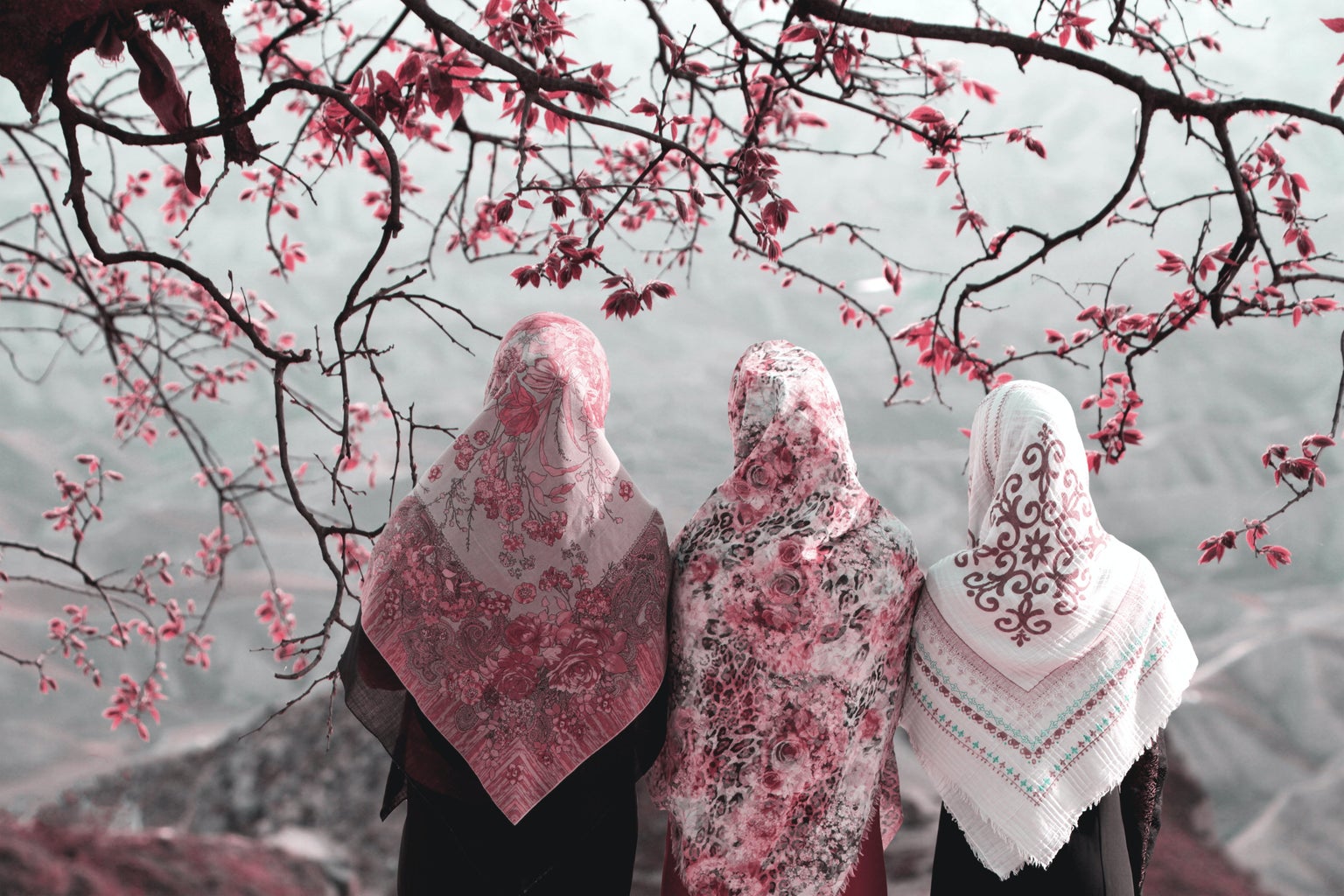The struggle for freedom against authoritarianism that fell on women’s hands
The Iranian Revolution was a series of mass popular civil resurrections that would result in the overthrow of the authoritarian regime installed by that time. Open resistance started in 1977, when exiled opposition leader Ayatollah Ruhollah Khomeini called for strikes, boycotts, tax refusals and other kinds of resistance.
The ongoing government, fought by the resurrections, was an authoritarian administration with one of the most powerful armed forces of the Middle East. And its leader was Shah Mohammed Reza Pahlavi. He kept a great friendship with the United States then, and such alliance created various critics from the opposition. In the meantime, this coalition was the reason why Iran had the most powerful forces of the Middle East.
The authoritarian monarchy was a repressive regime that kept its power through murder, imprisonment or exile, and most of the organizations were banned. That situation gave even more fuel for the revolutionary process.
While the revolution had the support of a broad cross-section of society (including Islamists, secularists, nationalists, laborers, and ethnic minorities), Khomeini and other leading Shi’a clerics — strengthened by a pre-existing network of social service and other parallel institutions — consolidated their hold and established an Islamic theocracy.
The regime shifted far to the right by the spring of 1981, excluding moderate Islamists — including the elected president Abolhassan Bani-Sadr — and imposing a totalitarian system.
Life for women before the revolution
The aim of the revolution was freedom. However, for women, it didn’t come that way with the resistance. In the early 1980’s, the new Islamic authorities imposed mandatory rules such as dress codes and permissions regarding women’s husbands or male relatives.
Before the Iranian Islamic Revolution in 1979, women were acquiring rights along with other women around the world. By the time, they were free to pursue careers, such as government leaders, judges, pilots, poets and others. Moreover, they served on elected councils.
Around 1977, women were already attending higher education, but, more than that, authorities actually managed to convince conservative families living in rural areas to allow their daughters to study away from home.
“Some educated people left Iran, and the authorities realized, in order to run the country, they needed to educate both men and women”, said Baroness Haleh Afshar, a professor of women’s studies at the University of York who grew up in Iran in the 1960s.
Another important matter in women’s rights is regarding dress and hair codes. As they were allowed to circulate without their hijabs (cloth wrapped around the head to cover the hair), hair salons were commonly seen and attended by both men and women, a fact that would hardly happen nowadays.
Life after the revolution
The revolution wiped out many of the gains women had acquired until that moment. Nowadays, besides not being allowed to pursue careers anymore, discrimination against them in the workplaces and workforces is legal.
Women are not allowed to seek or hold employment without a male’s relative permission. The iranian economy could drastically improve if the regime let them participate in the workforce.
They also cannot travel without their husband’s permission. Iran can be now considered a segregated society. Women are separated from men in the workplace. Girls and boys have two classrooms and women sit in the back of the bus.
And so, going completely back on women’s rights accomplished before the revolution, many rules created freedom boundaries for them and mandatory rules, such as dress and hair code and studies. Now women are obligated to wear the hijab and hide their hair.
—
The article above was edited by Milena Casaca.
Like this type of content? Check Her Campus Cásper Líbero home page for more!



